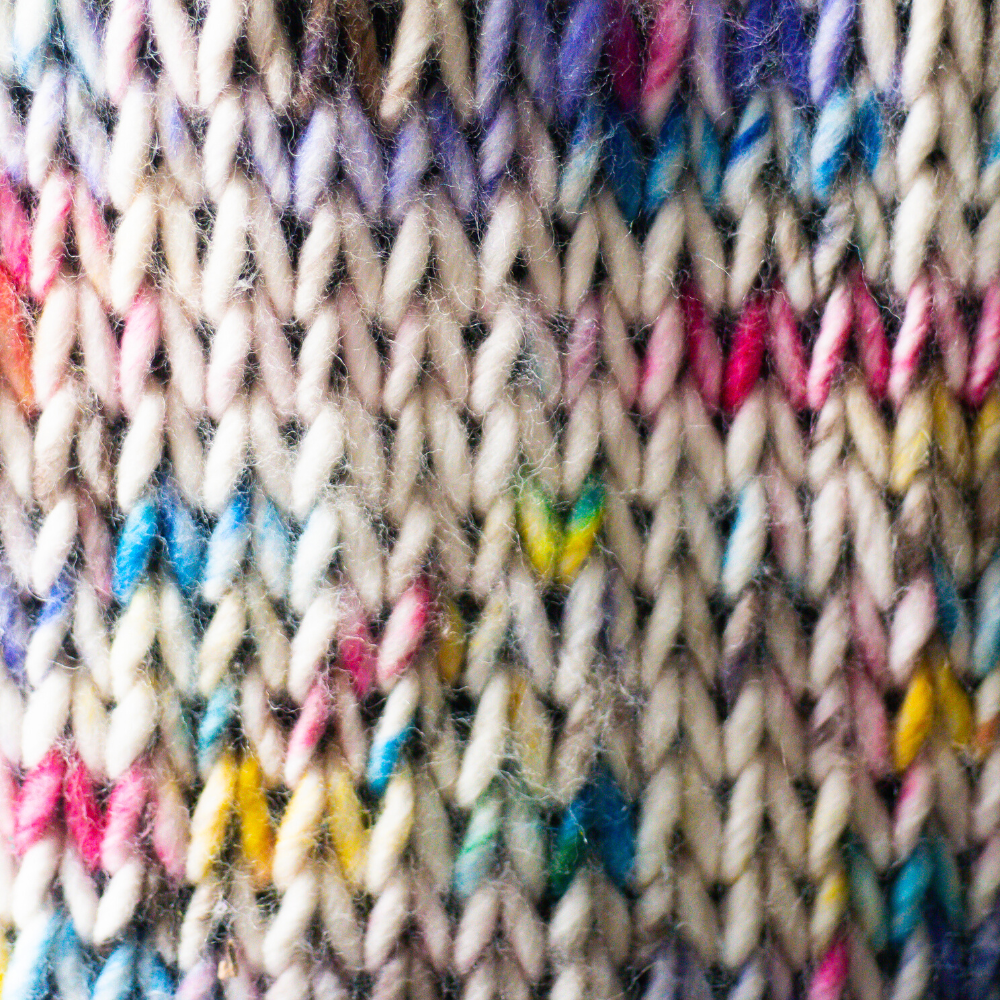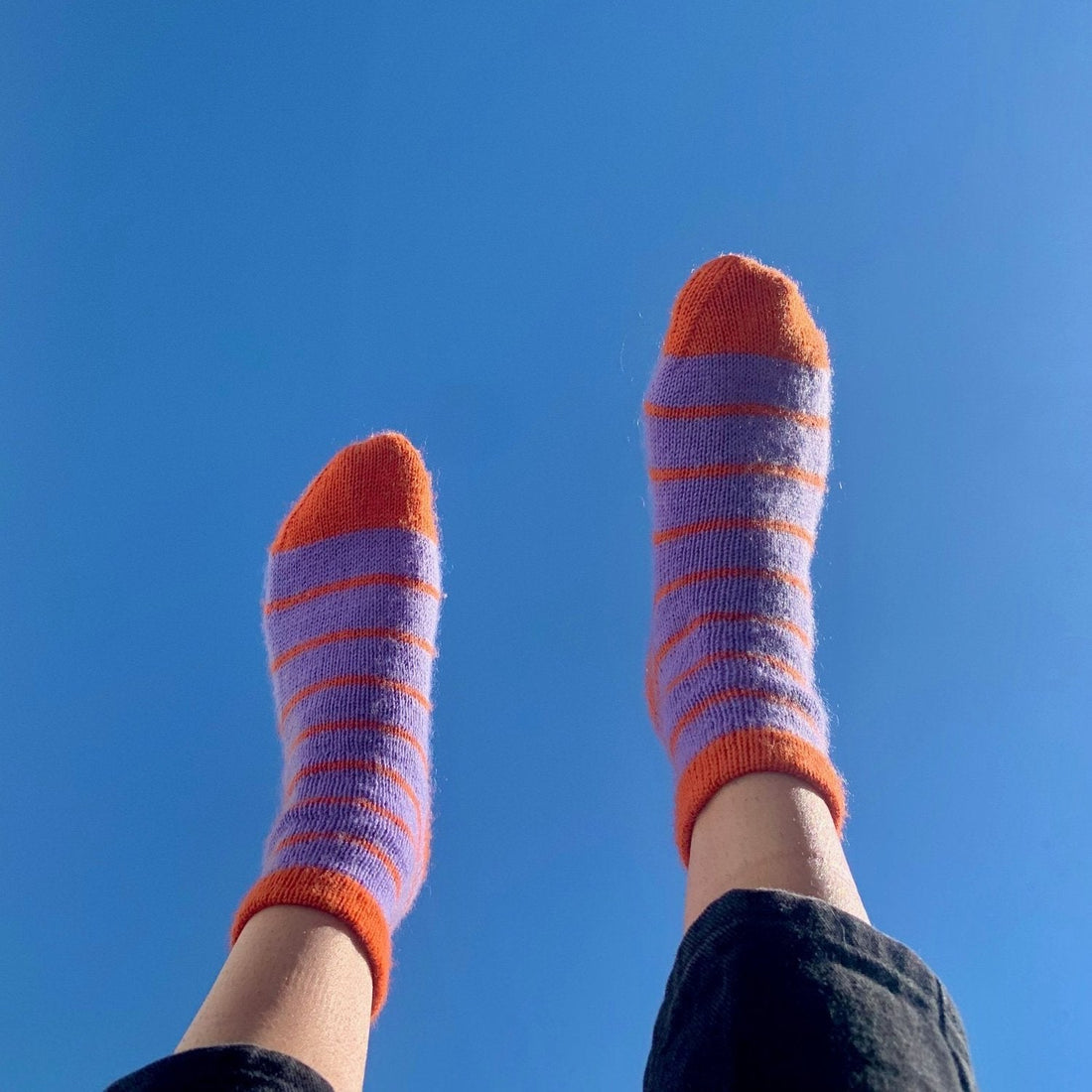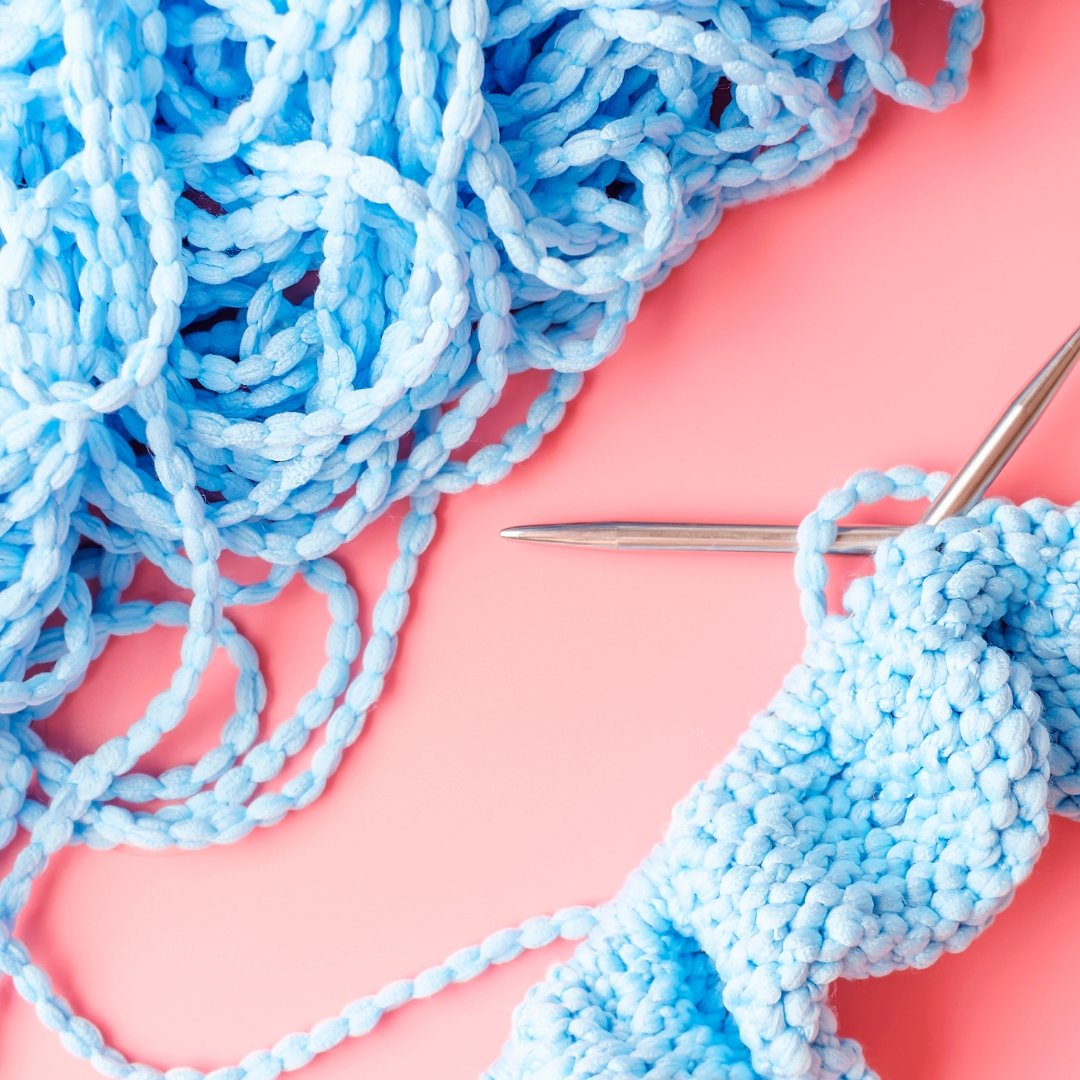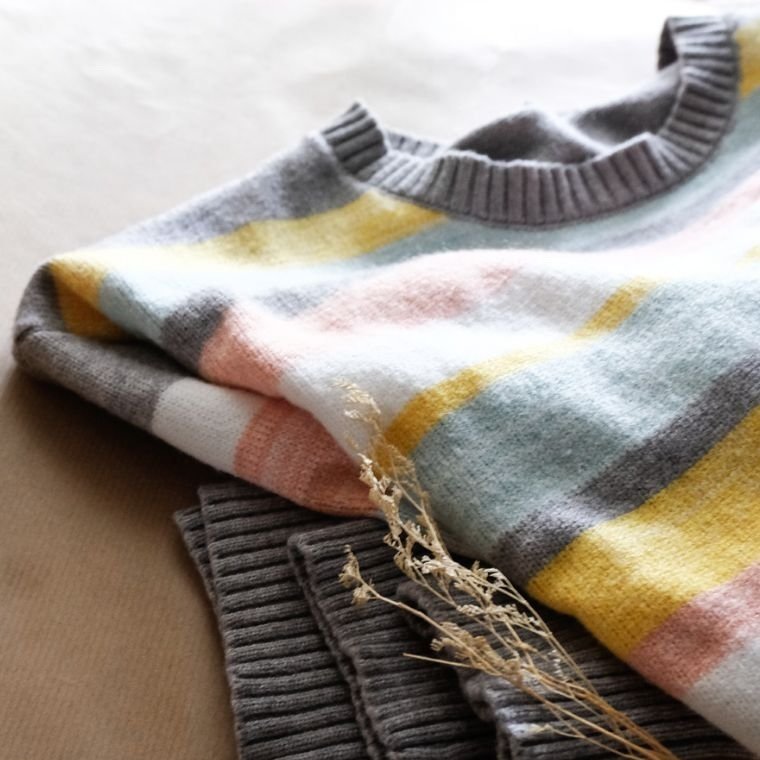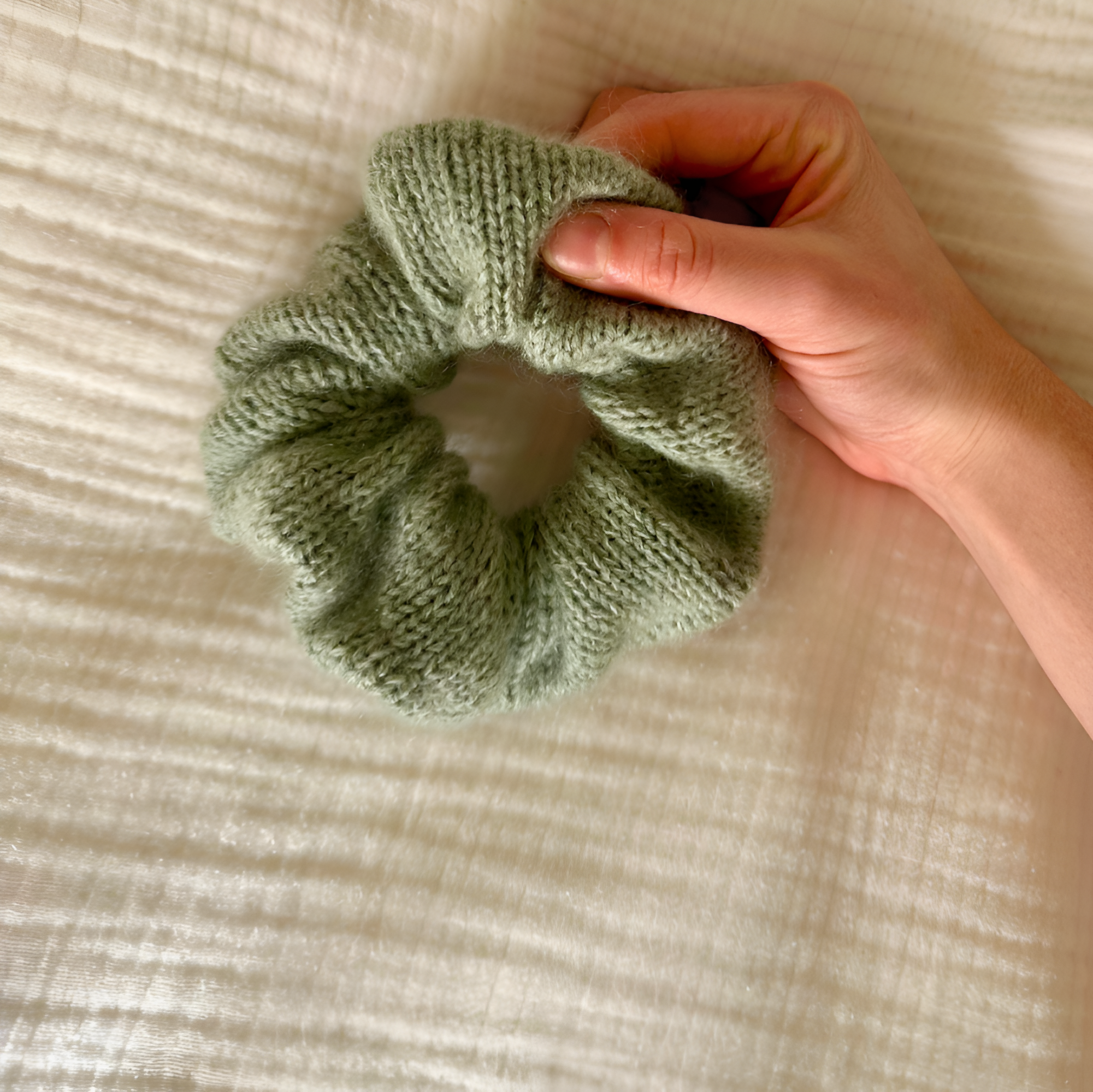I loooove the knitting community, but just like the rest of the world, it is filled with lots of people who share different and complex points of view. Because of this, we are bound to come across a maker sharing or doing something that clashes with our values or something that is flat-out harmful. When that happens, how should we respond? Should we respond? What does accountability look like? What boundaries can we put in place for our own personal well-being? Keep reading to explore these questions.

What does accountability even mean?
Before we dive into discussing accountability and boundaries within our community, it’s important to go over some definitions related to this topic to make sure we’re all on the same page:
Accountability: The act of holding a person or organization accountable for their actions, speech, and/or beliefs when it is harmful to a group or groups of people.
Calling in: Checking a person or organization with compassion and patience when they act in a problematic or harmful way.
Calling out: Directly challenging a person or organization regarding something they have said or done with the intent of exposing their wrongdoing to others.
Boundaries: A line that is drawn that defines what behaviors are acceptable for a person or organization
Assume the best intent of others
Now that we have some definitions laid out, I want to begin this conversation by discussing intentions. Assuming the intent of others is a simple mindset switch that can significantly boost the positivity in our crafting space and potentially avoid unnecessary conflict.
Has a designer been quiet about a current issue? Maybe it’s hitting too close to home for them to comfortably discuss. Did a designer just make a post promoting their pattern right after something dramatic, tragic, or controversial happened, making it come across as insensitive? Maybe they haven’t heard the news yet or had the post scheduled ahead of time.
Leading with the assumption that everyone is doing the best they can with the information they have is a great way to initially approach a situation. But, of course, this optimistic mindset won’t work for every situation.
What does accountability look like?
It's time to hold a person or organization accountable when it’s clear that they doesn’t have the best intent of others in mind or they have been showing a pattern of harmful behavior.
The first step when holding a person or brand accountable is to call them in. While it is tempting to start by challenging them on their harmful behavior, calling them in with compassion and patience is bound to have a more positive and productive result. Ideally, a discussion will take place between you and the person/brand, or maybe they will quickly understand what you said and make the changes needed to make it right. Calling in could look like sending them a direct message or commenting on their post.
However, if the person/brand does not respond, dismisses, or challenges your call-in or another person's call-in, then it might be time to call them out. While calling out can lead to more conflict, it is a higher-pressure situation that might result in the person/brand holding themselves responsible for their behavior. The purpose of calling out is to be more public about the issue, so it might look like commenting on their post or sharing information in a post or story of your own. The call-out might include why you’re calling them out and what boundaries you are setting with that person/brand as a result.
Keeping accountability in our community is important because it helps us keep this space safe and welcoming for everyone. While I get very anxious when it comes to conflict, sharing how a person or brand is continuing to cause harm even after being called in can help other community members make their own boundaries regarding that person or brand moving forward.
Holding We Are Knitters Accountable: An Example
One example of a situation like this happened when the yarn brand We Are Knitters (WAK) collaborated with Zara. When it was first announced, I called in WAK by commenting on their post and questioning their motives and thoughts behind the collaboration.
When they released a statement regarding the collaboration to address the upset within the community, I found it to fall short. They didn't take responsibility for their actions, apologize to the community, pull out of the collaboration, or change their stated sustainability values on their website. After recognizing that they weren’t holding themselves accountable, I shared content explaining why I believe what they did was wrong. In the same content, I also explained what boundaries I decided to set for WAK as a brand. You can see me calling them out in this Instagram Reel below.
I also collected thoughts from other knitters in the community and turned our voices into a blog post. Calling in WAK, talking about it within the community, and sharing my plan moving forward helped other community members make decisions about how they would interact with WAK in the future.
Click here to read all the details on the We Are Knitters and Zara collaboration.
Another recent event happened just before I started New Wave Knitting, and I didn’t get the chance to speak publicly about it on this platform while it was happening. However, the Vogue Knitting cover incident involving Kristy Glass is another example of holding members and organizations within our community accountable.
Create & Uphold Your Own Boundaries
Ultimately, it’s okay to hold people and brands accountable in our community. Also, it's very likely that not all people within the knitting community share the same values as you. Understand that you can’t control their actions, but you can control how you react and interact with them. You are free to unfollow, block, mute, etc. their accounts on your social media if a situation clashes with your values or is directly harmful to you. Then, you can find the people online who fit your boundaries better.
Holding people and brands accountable for harmful actions is important for creating and maintaining a positive and welcoming knitting community. However, one of the best ways to create a positive space is to simply embody the kind of person you want to see in our community. Hold yourself accountable, always push yourself to do even better, and be open to feedback from others. Doing just that will help keep our community a positive place to be.


